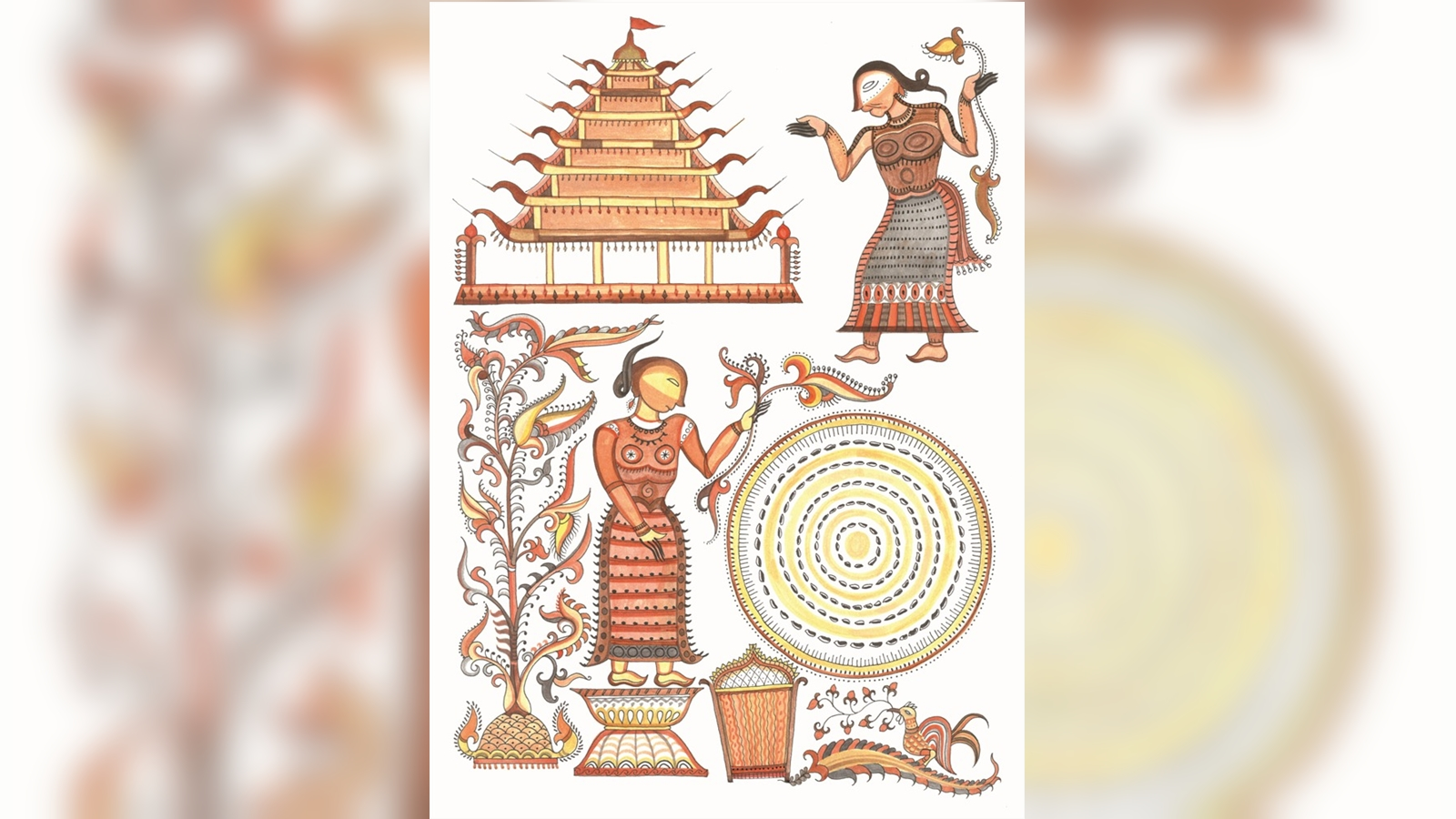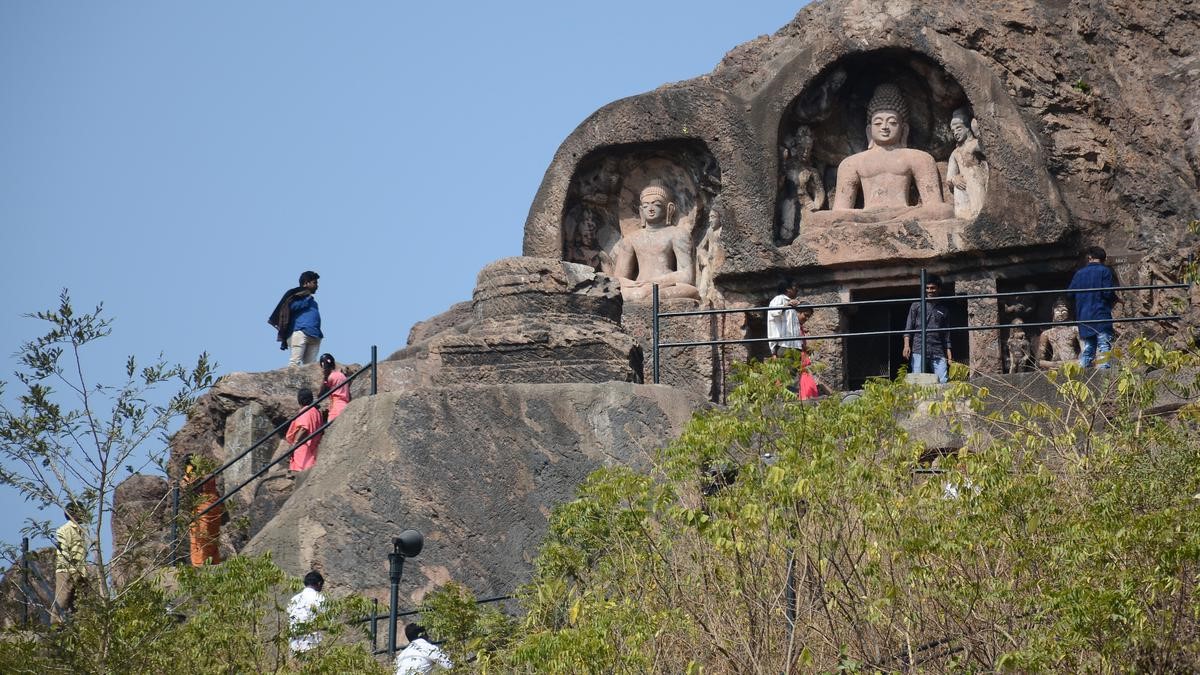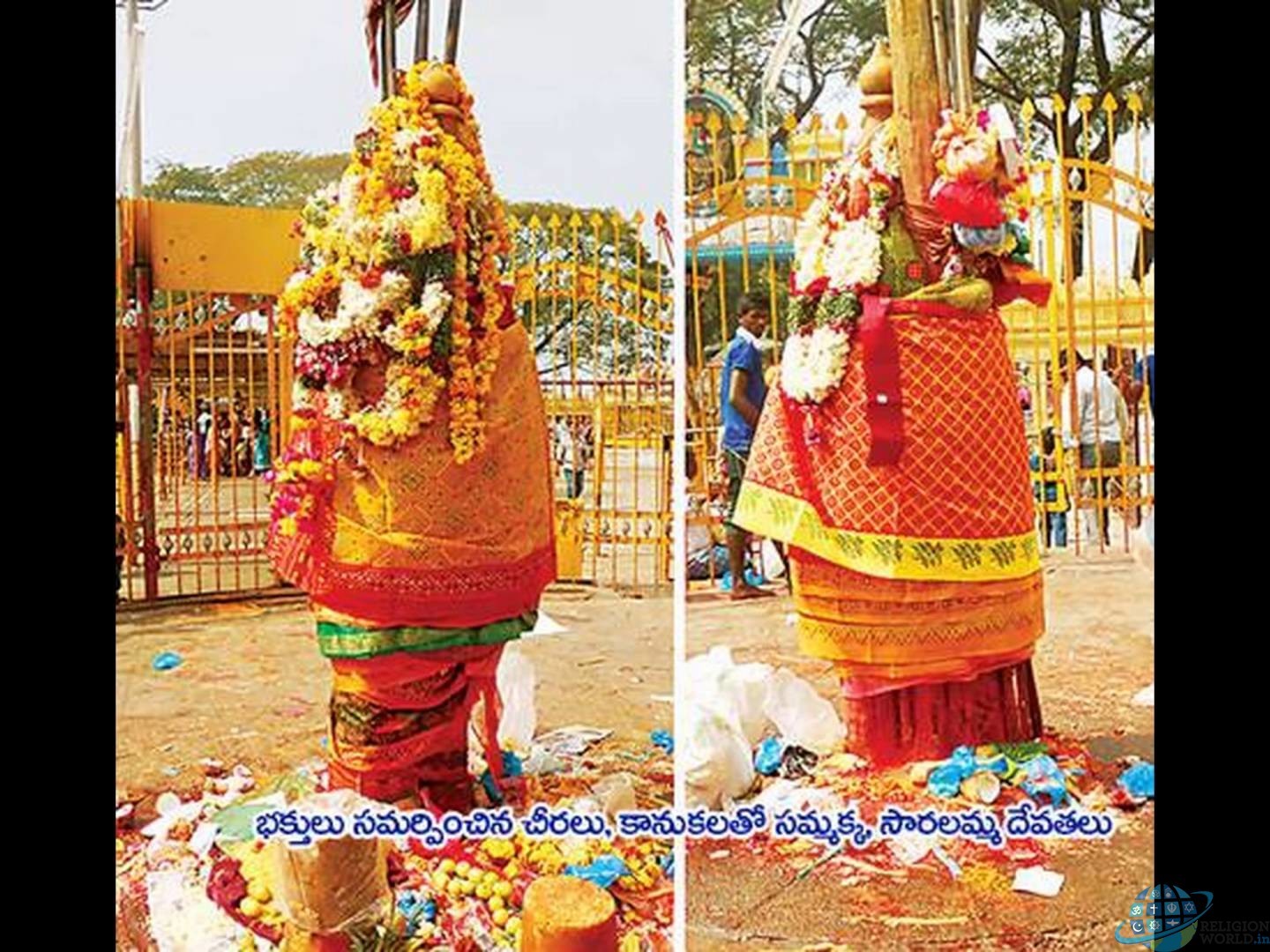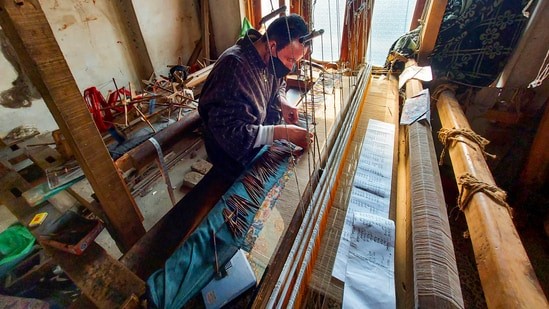



Context: Girls from the fishermen community in the villages of Uppada coast in East Godavari district for the past three and a half decades makes the saris with jamdani technique.
jamdani technique











© 2025 iasgyan. All right reserved